Introduction : Branding, Labeling, and Positioning for Your Creation
Have you worked very hard to create your ideal, one-of-a-kind scent? Perhaps it's a refined floral with notes of jasmine and vanilla, or a zesty blend of citrus and earthy musk.
No matter the composition, you want the bottle and packaging to reflect the essence and originality that you've worked so hard to cultivate. But where do you start when there are endless options for branding and labeling your perfume? Is it more effective to use stickers or pad printing? What's right for your brand and what actually makes a difference?

In this post, we'll explore the pros and cons of stickers and pad printing so you can determine whether customising your perfume bottles and promoting your scent is the right choice for you.
Custom Perfume Bottles: Differentiating Your Company
Pick a bottle that is consistent with your brand
Would you want a bright, lively bottle for a smell that is more youthful, or a sleek, basic bottle for a luxury aroma? Choose a bottle that complements your image because it is a crucial component of your brand identification. Personalized bottle designs, hues, and accents can draw shoppers' attention to your fragrance and make it stand out on store shelves.
Make use of premium labels and printing
Don't skimp on the labels or printing once you've created the ideal bottle. For a unified, elegant look, choose premium labels, custom shapes, and creative prints that go well with your bottle design.
Recognizing the Influence of Custom Perfume Packaging
Just as important to the establishment of a perfume brand as the aroma itself is the design of the bottle and packaging. You may create brand awareness and make a statement with custom perfume bottles and labels.
Custom packaging may seem like an extra expense for a tiny firm, but it's worth it. People form an initial opinion of your goods based on its packing, which is the first thing they notice about it. A distinctive, well-made bottle and label sets your perfume apart from the competition and encourages brand loyalty.
Custom perfume bottles also serve as a warning against fakes and rip-offs. It is far more difficult for people to copy your product and pass it off as authentic when it arrives in a distinctive bottle. Over time, as your business becomes more well-known, your custom perfume bottles has the potential to become legendary.
Even while custom packaging could cost more up front, it pays off in the long run because it increases brand value and perceived value. Custom perfume bottles and labels are a must for every fragrance firm looking to make an impression. The packaging for your perfume should be every bit as alluring and memorable as the scent.

Introduction to Sticker Labels
A neat and easy approach to brand your own perfume bottles is using sticker labels. Sticker labels are adhesive labels that adhere directly to your bottles, as the name implies. To meet your demands for packaging fragrances, they are available in a range of sizes, shapes, and materials, including metallic, paper, and vinyl.
Sticker labels are an affordable option if you're just starting out or producing small batches of perfume. You have the flexibility to print as little or as many as you need. They can be designed to blend in with your bottle color and shape or used to make a bold statement. Sticker labels also allow you to easily change your branding as your business evolves.
When selecting sticker labels, take into account the labels' ability to stick to the specific material of your container as well as their resistance to water, alcohol, and scratches. Choose labels that seem to be custom-made for your bottles for a classy appearance.
Sticker labels with a strong design can leave a lasting impression on your clients and promote brand awareness.
Sticker Labels in the Modern Era
Personalized sticker labels have advanced significantly. The days of straightforward rectangular labels with simple text and graphics are long gone. Contemporary custom sticker labels include holographic effects, vibrant, metallic foils, high-quality, high-definition designs, and more. Custom sticker labels are a simple, affordable method to have a significant impression for a perfume brand.
An infinite number of customization options
You may make sticker labels that capture the distinct aesthetic of your brand by utilizing innovative printing techniques:
- Rose gold or metallic gold foil accents project an image of sophistication and luxury.
- A futuristic feel is created via holographic effects.
- Vinyl and polypropylene, two common materials for sticker labels, can have a glossy or matte surface.
Adaptable Branding Approach
Personalized sticker labels for perfume packaging have a number of benefits.
- Flexibility: Without having to replace your glass bottles, you can easily change the appearance of your brand from season to season.
- Originality: To keep customers interested, sticker labels can be utilized to create unique or limited edition bottle designs.
- Cost-effective: Making personalized sticker labels is less expensive than completely redoing the packaging.
Overall, custom sticker labels represent an innovative, eye-catching solution for branding your fragrance.
How to Put Your Sticker Label Together
If you want to really make your custom perfume bottles stand out, think about adding a chic sticker label. If you're just starting out, stickers are a cost-effective way to rapidly brand your fragrance. When creating your sticker, bear the following advice in mind:
Select a form that goes well with your bottle. Either circles or ovals work nicely for a traditional rounded bottle. Stickers that are square or rectangular go well with a square bottle. A unique die-cut sticker could be necessary for unusual bottle shapes. Instead than drawing attention away from your bottle's shape, the sticker should accentuate it.
Make use of visuals and hues that complement your brand. Earthy hues and plant patterns are excellent choices if your fragrance has a natural feel to it. Use shiny inks or geometric motifs for a smell that is cutting edge. You have the opportunity to visually convey the essence of your scent and the style of your business with your sticker.
Include the necessary details. Don't forget to list the name of your fragrance, size, and any important warnings or ingredients. Place this information prominently yet attractively on your sticker. You want your customers to have all the details they need while still appreciating your design.
Consider embellishments for an upscale look. Things like foil stamping, embossing, or spot UV can give your stickers a luxurious, high-end appearance. For a brand that aims to convey sophistication and quality, embellishments are a smart investment. This is an indication to customers that your fragrance is a premium product.
Custom sticker labels can be a great method to elegantly brand your bottle if some time and attention is put into the design. Engage in creative expression while enjoying the process! Your clients will notice the unique touch that you provide.

Types of Sticker Labels to Choose from
Sticker labels are a common choice for identifying your custom perfume bottles. There are several kinds available to you:
Permanent Adhesive Stickers
Permanent stickers are an excellent option for a long-lasting fix. Constructed from vinyl, PET, or polypropylene, they cling firmly to a variety of surfaces. They are hard to take off without breaking the bottle once they are applied. Ideal for a long-term brand image you wish to keep.
Removable Adhesive Stickers
Select removable stickers for greater flexibility. Although they adhere strongly, they are removable without leaving any trace. This enables you to run seasonal marketing campaigns or alter company logos.
Constructed from vinyl, polypropylene, or PET, they offer resilience without sacrificing detachability.
Paper Stickers
Paper stickers are an option if you want a more organic appearance. They are available in a range of textures, glossy, and matte finishes. Though not as robust as vinyl or polypropylene, paper stickers have the ability to project an image of handicraft. Even though they might not stick as firmly, they might be appropriate if used with caution.
Transparent Stickers
Stickers with transparency can give an unusual "no-label" appearance. They add branding components like your logo or fragrance name while letting the color and style of the perfume bottle itself come through. This produces a sleek and contemporary look that works especially well for luxury or minimalist firms.
Transparent stickers allow you to layer design components in whatever way you like. The label may be used as an overlay over a colored or textured background on the bottle itself, or the logo or important information can be printed directly onto it. This makes multi-dimensional graphics possible without using intricate bottle printing methods.
Vinyl-Synthetic Stickers
Paper stickers are not as durable as vinyl and other synthetic materials. Their superior resistance to moisture, scratches, and fading makes them the perfect choice for perfume bottles that are frequently handled by consumers or exposed to washroom settings. This guarantees that your branding will stay clean and polished for an extended period of time.
The standard matte and gloss options are not the only finishes and textures available for vinyl and synthetic stickers. You can experiment with iridescent sheens, metallic finishes, and even textured finishes that resemble fabric or leather. Customers may now enjoy a more tactile and eye-catching experience, which adds another dimension of brand individuality.
Ultimately, the kind of sticker you select depends on the message you wish to deliver and how long-lasting you need the branding to be. Stickers are a quick and inexpensive solution to add distinction to your personalized perfume bottles on the shelf or in an online store. They can play a crucial role in the visual identity of your company with some clever design.
Stickers for Perfume Bottles- Advantages and Considerations
Advantages:
- Cost-Effective: Branding your perfume bottles using custom stickers is an affordable option. With your logo and fragrance name, you can easily produce vibrant, full-color designs without having to make a large initial investment. As your company expands, you may test out various branding tactics thanks to this flexibility.
- Easy Application: Applying stickers yourself is a fast and easy do-it-yourself task. No specific tools or knowledge are needed. Peel and apply the stickers on dry, clean bottles; this will save you money and time over more involved printing methods.
- Reusable and Detachable: Stickers provide more versatility. They can easily peeled off without harming the bottle underneath in case you need to alter your branding or bottle design. This enables the bottles to be reused or discontinued perfumes to be rebranded.
Considerations:
Longevity and Durability: Stickers might not be as long-lasting as alternative techniques. With time, they can peel, fade, or rip, especially if they are in contact with moisture or friction. When selecting stickers, take into account likely client handling and the perfume's shelf life.
Visual Appeal and Brand Image: Although stickers might have a strong visual impact, they might not communicate the same level of refinement and excellence as certain other techniques. This can affect how people perceive a brand, especially high-end scent brands.
Excellent Print Quality:
Full-color stickers of superior quality with vivid colors and crisp details are now possible thanks to advancements in printing technology. This guarantees the continued clarity and visual appeal of your branding.
Introduction to Pad Printing
Pad printing is a common decoration technique for custom perfume bottles and packaging. It is also referred to as tampo printing and tampography. You can use pad printing to make a label that will draw attention to your scent business.
In pad printing, ink is transferred from a cliché (printing plate) onto your object using a silicone pad. You may print on curved or uneven surfaces because the pad fits your perfume bottle's contour. This adaptable technique can create rich, opaque colors and vivid, high-resolution images on metal, plastic, and glass.
For a small fragrance brand, pad printing is an accessible and affordable option. You can get professional-looking results with relatively low initial costs. The setup fees include creating your custom cliché and any additional tools required for your bottle shape. After the initial investment, pad printing labels and branding have minimal per-unit costs. This scalable process is ideal if you plan to expand into larger production runs as your brand grows.
Pad printing offers you artistic freedom and complete control over the look of your product. To express the distinct tone and narrative of your brand, you can use any text, logos, or images you like. A well-crafted pad print label will help your fragrance stand out on store shelves or online and leave a lasting first impression on your clients. You can also give each bottle a sequential number for an added personal touch.
Applications of Pad Printing on Perfume Bottles
One common method for branding perfume bottles is pad printing. Your bottle will take on the shape of the soft pad, which makes it possible to print curved and uneven surfaces with fine details. Due to the low cost of producing the pads and plates, pad printing is perfect for modest print runs.
Use metallic gold or silver ink to pad print your logo and fragrance name on the front of the bottle for an upscale appearance. Your personalized perfume bottle will appear opulent thanks to the shimmering finish. For a sophisticated vintage look, you can use pad print intricate patterns like scrollwork or filigree.

Materials and Inks used in the Process
The materials and inks used to customize perfume bottles are determined by the branding and labeling strategy selected. For instance, stickers need to be made with adhesive and ink that can properly adhere to the bottle's surface and print on it. Inks that can transfer a design onto curved or uneven surfaces are used in pad printing.
For stickers, use UV- and water-resistant inks to keep your design from fading and a strong but removable adhesive so you may change it later without breaking the bottle. Metallic and neon inks can be used with pad printing that is not feasible with stickers. The pad uses a silicone pad to transfer the ink directly onto the bottle, producing a high-quality print that follows the curve of the bottle.
With either method, do a test print on an inconspicuous area of the bottle first to check ink adhesion and ensure an optimal result, especially for irregularly-shaped bottles. The materials and inks are key to achieving a professional custom look for your fragrance brand.
Steps to Pad Printing on Perfume Bottles
Using pad printing to brand your custom perfume bottles is an excellent idea.
Make Digital Illustrations for Your Designs
Make digital art for your design first. Create a logo or other image that best embodies your scent brand by working with a graphic designer.
Construct a Cliché In accordance with Your Design
The pad printing firm will then use your design as inspiration to develop a cliché.
Fill the Cliché with Special Inks
The cliché is then loaded with special inks, which pick up the ink design.
Put the Ink Design on Your Fragrance Bottles
Lastly, a gentle pad is used to imprint the ink design straight onto your perfume bottles.
Evaluate and Improve the Procedure
Give empty sample perfume bottles to the pad printing company so they may test and improve the technique for optimal outcomes.
Verify Correct Design Positioning and Application
For your specially shaped bottles, getting a high-quality printed outcome depends on how the design is applied and positioned.
Pad printing has the potential to create a strong, polished surface that will assist distinguish your fragrance on crowded retail shelves and enhance your brand with a little trial.
Pad Printing for Perfume Bottles: Advantages and Considerations
One well-liked and adaptable method for labeling perfume bottles is pad printing. It transfers ink onto curved surfaces using a silicone pad, enabling exact personalization on a range of bottle shapes. There are many benefits to using this technique to make attractive, premium scent packaging.
Advantages of Pad Printing for Perfume Bottles:
Fine, Detailed Designs: Pad printing is excellent for creating multicolored logos and fine details with a polished appearance. In contrast to stickers, the design forms a polished look as it blends in well with the bottle's contours.
Cost-Effective for Small Runs: New brands can test multiple designs or introduce limited-edition collections using this technology because it is surprisingly affordable for smaller production runs. It lets you go around with different versions of the label and logo without going over budget.
Versatility on Curved Surfaces: Pad printing is excellent at accurately covering even the most intricate bottle forms, in contrast to stickers, which may find it difficult on curved surfaces. This gives you more creative freedom when designing your bottle.
Durable and Customisable: Pad printing creates a more resilient design than stickers, withstanding a higher degree of wear and tear.The method is perfect for inserting complex logos, company names, or other design elements because it permits fine details and multicolored designs.
Considerations for Pad Printing:
Cost Increase for Complex Designs: Making a separate pad for each hue in a design is a procedure that, although economical for short quantities, comes at a cost. This may result in more expensive designs when using complex patterns or various colors.
All things considered, pad printing is a great option if you want premium, personalized branding for your perfume bottles, especially when introducing your scent. It provides an elegant and polished way to personalize your packaging, provided you consider design intricacy and pad upkeep.

Choosing the Right Option for your Brand
Stickers and pad printing are your two primary alternatives for branding your custom perfume bottles. Stickers are an affordable option for a tiny, fledgling firm. Labels bearing your fragrance's name and emblem are simple to print and adhere to bottles. But, pad printing can make more sense as your brand becomes more well-known.
Stickers: Budget-Friendly Choice for Small Brands
- Simple to print text and a logo on labels
- An inexpensive choice for new businesses
- The ability to regularly alter designs
- Straightforward application procedure
Stickers are an excellent choice if you're just getting started and have a tight budget. They let you design expert-looking packaging without going over budget. Additionally, it's simple to update your labels to reflect any changes you make to your brand or the addition of new smells.
Pad Printing: Premium Look for Established Brands
- Superior outcomes with a luxurious vibe
- Enduring and robust prints
- Perfect for small text and delicate artwork
- Improves perceived value and brand image
Pad printing involves printing your logo and text directly onto the glass surface. The results look very high quality and help establish your brand as premium. If you want your perfume packaging to look like major designer brands, pad printing is the way to go. The downside is that pad printing equipment requires a sizable upfront investment and the process can be more complex to set up.
Factors to Consider in Your Decision Making Process
Regardless of the path you choose, don't forget to think about how the labeling technique and style you select will reflect your brand. The packaging of a scent leaves a lasting impression, so pick carefully. Whatever your budget, you can get a clean, fashionable style with a little ingenuity. Your perfume is a love project, and the bottle should showcase the attention to detail and skill that went into creating your signature aroma.
You must ultimately balance the benefits and drawbacks for your particular circumstance. While stickers might work for you for now, think about whether pad printing will better fit your long-term branding goals. The decision ultimately boils down to your desired level of control over the personalization of your perfume bottles, your brand positioning, and your budget. You can decide the choice that will help your fragrance stand out on store shelves and in consumers' thoughts with a little strategic planning.

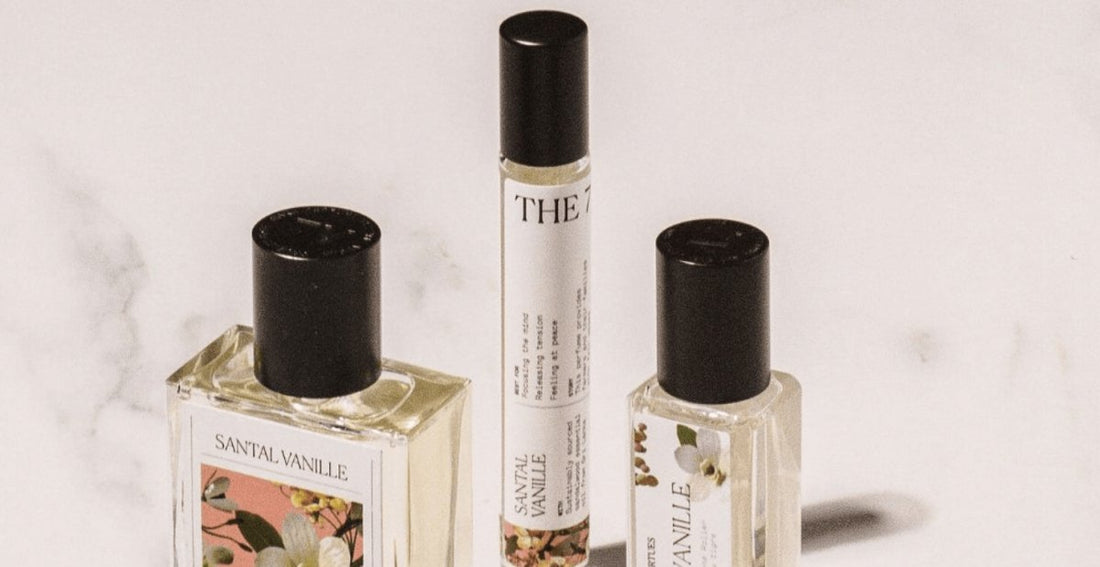
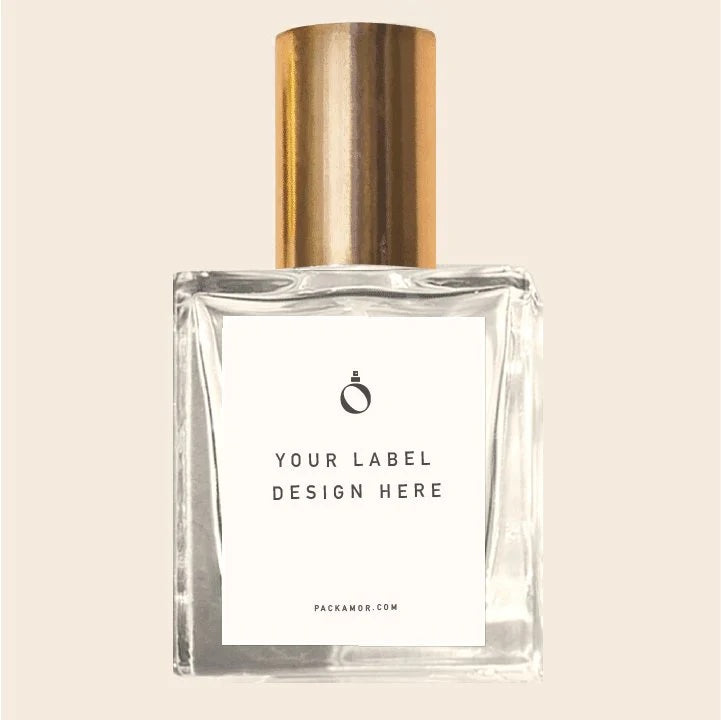
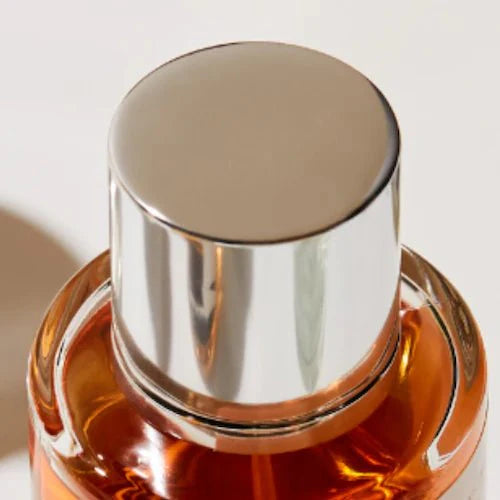
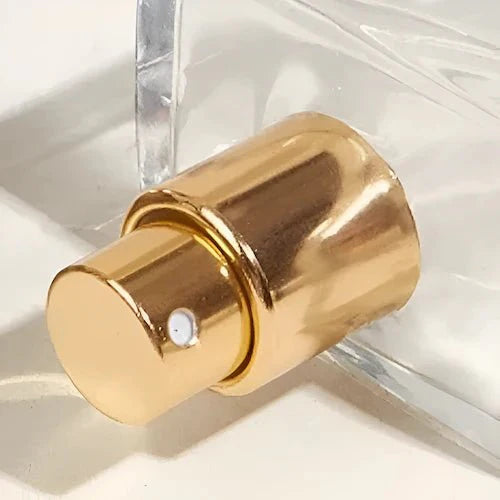
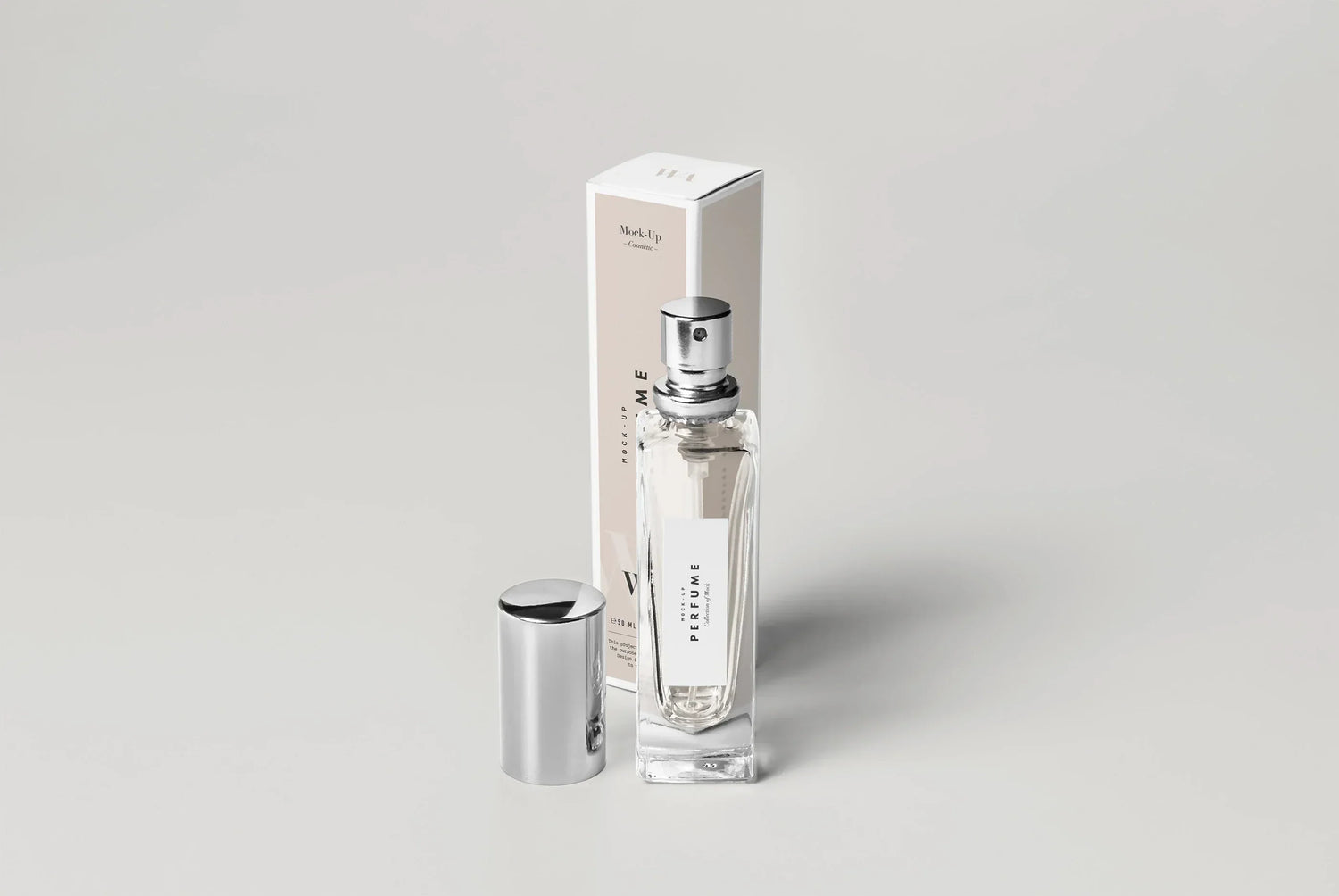
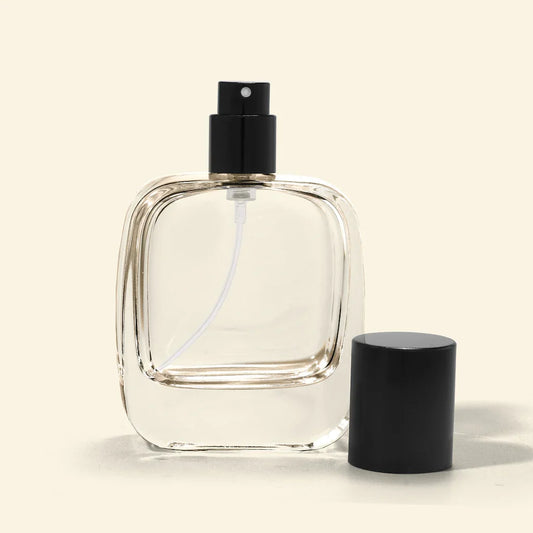
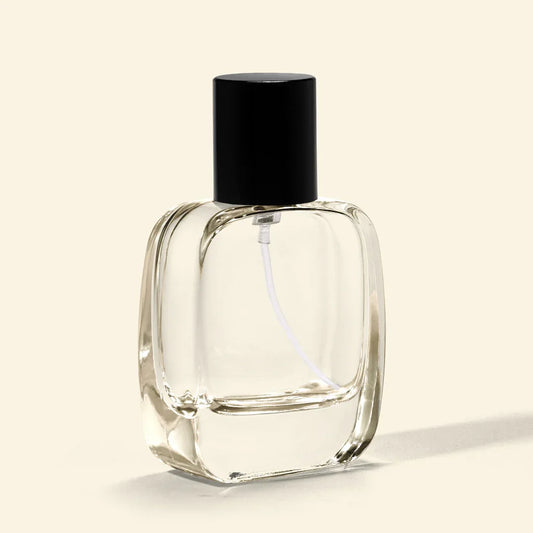
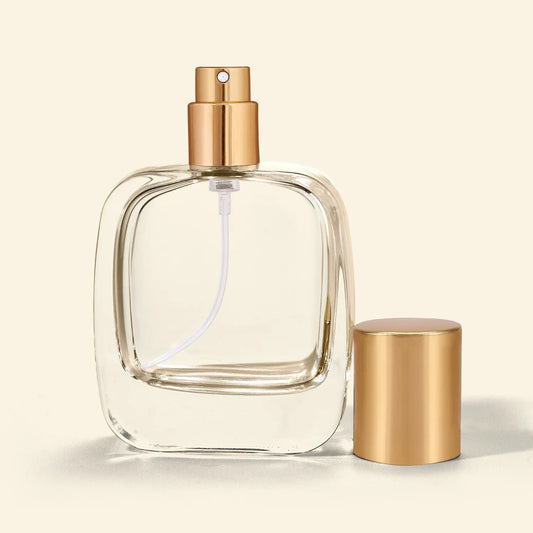
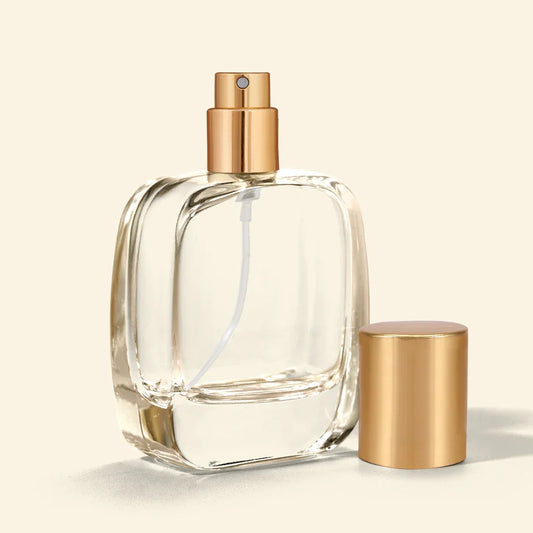
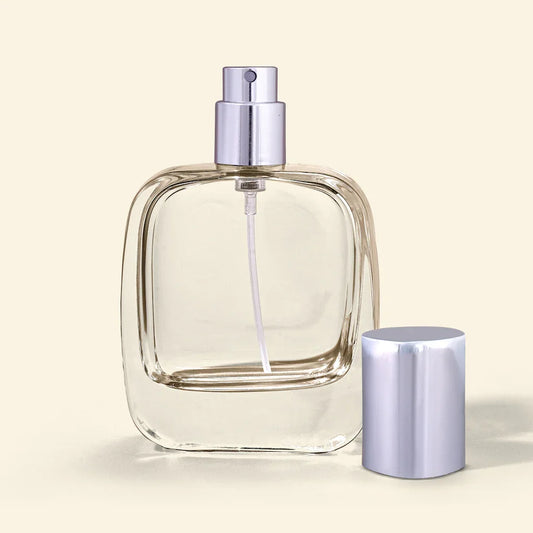
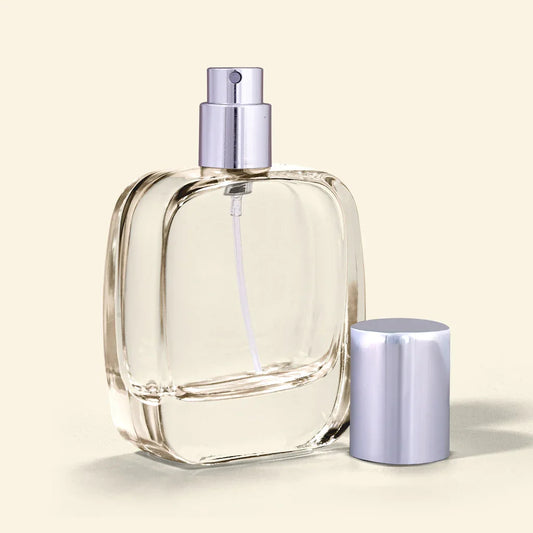
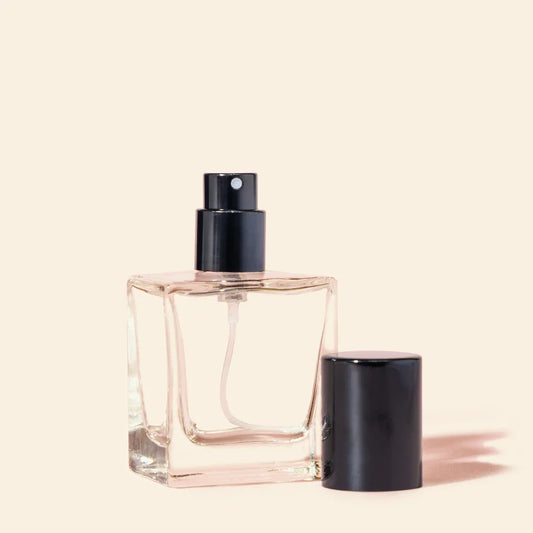
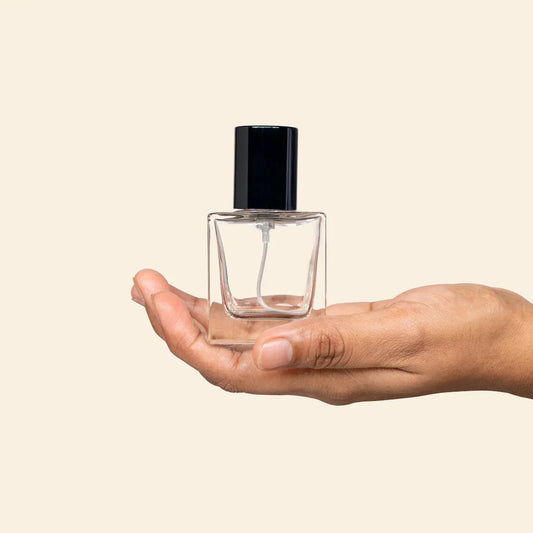
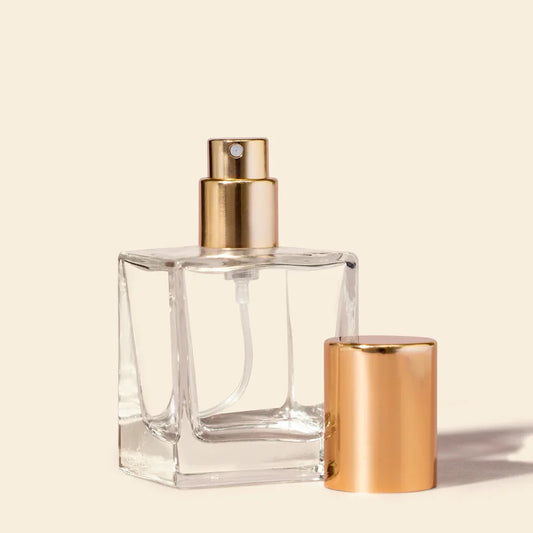
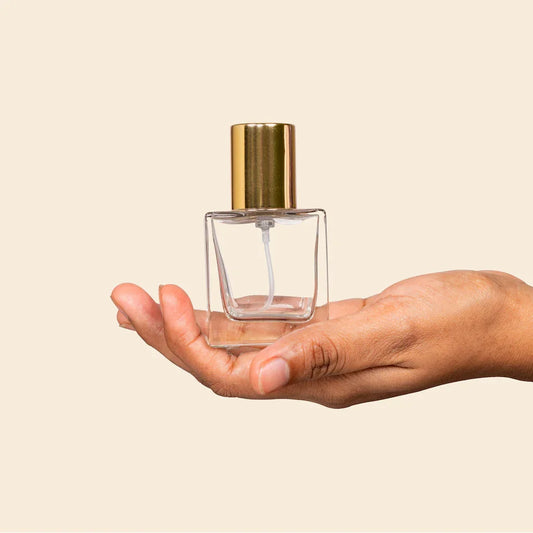
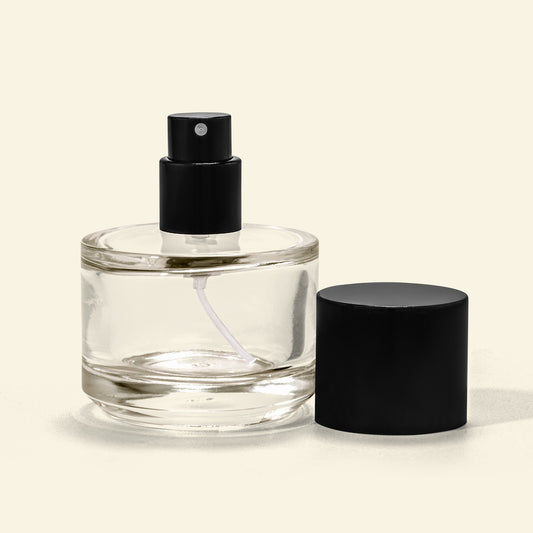
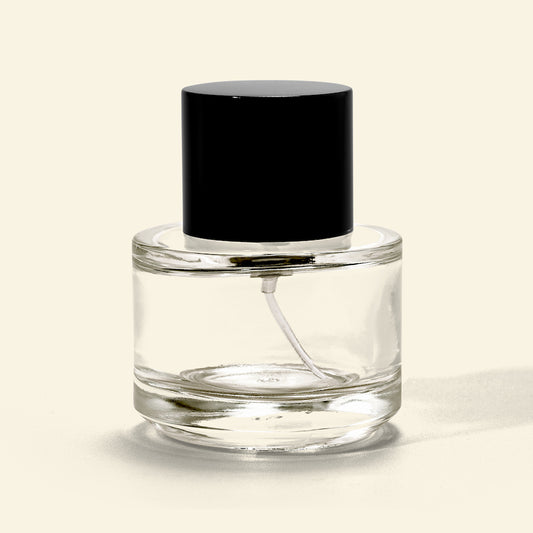
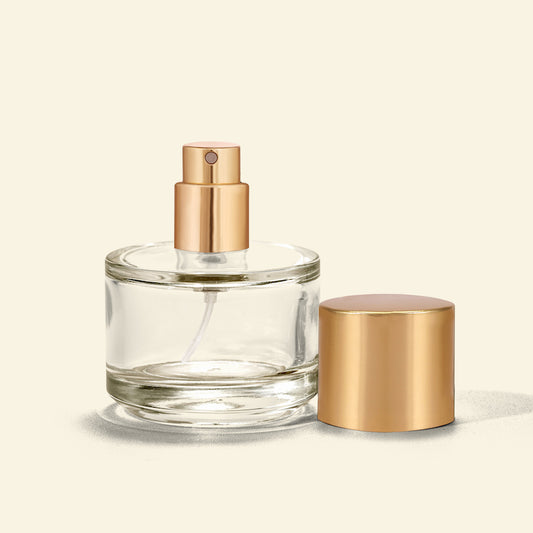
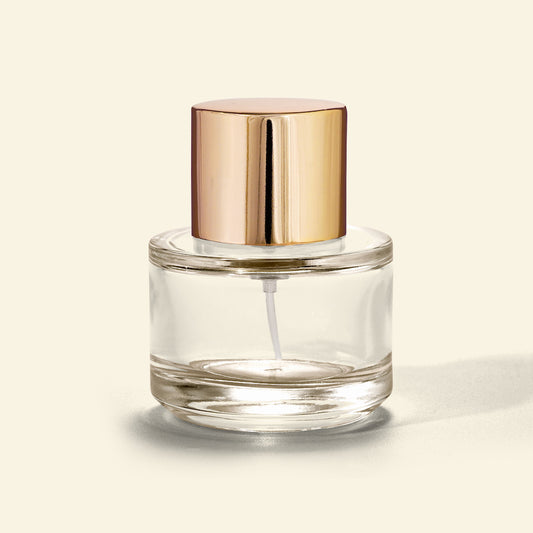
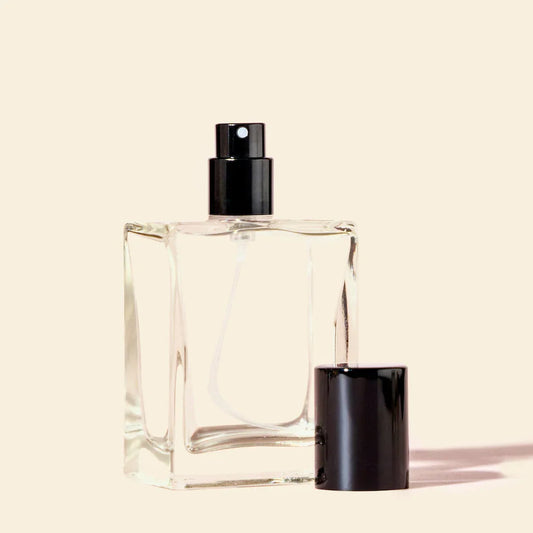
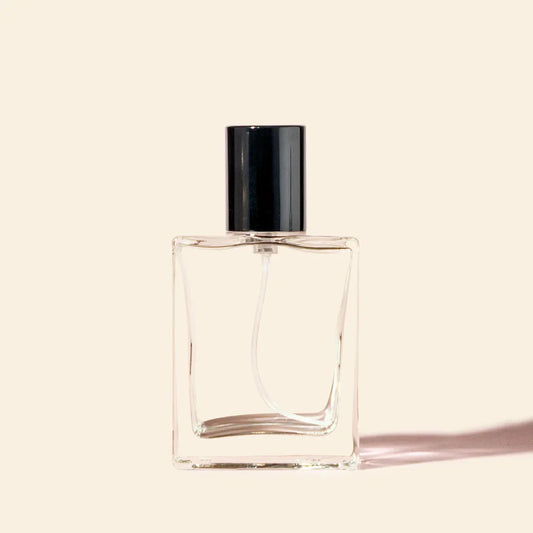
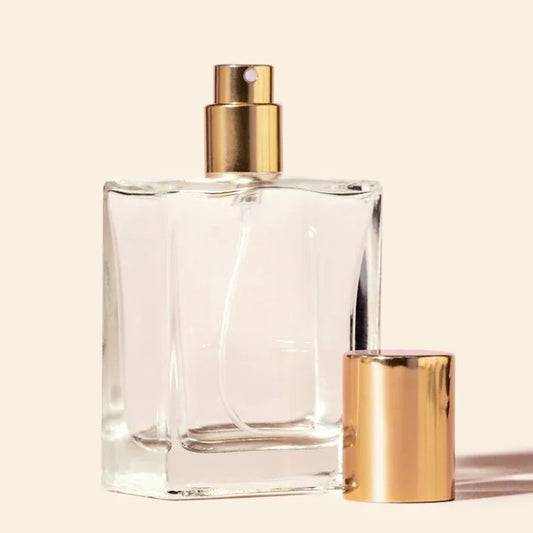
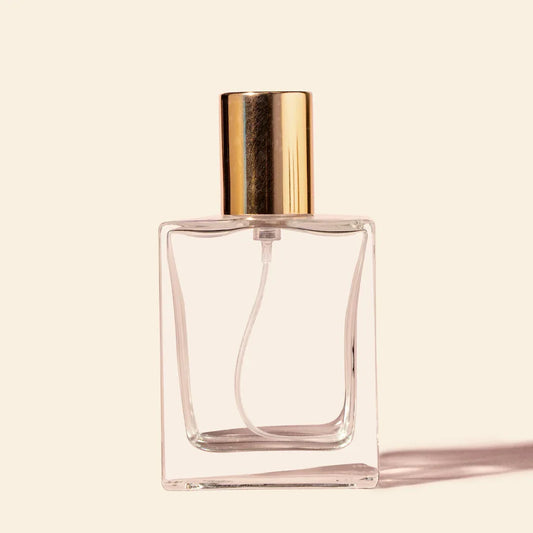
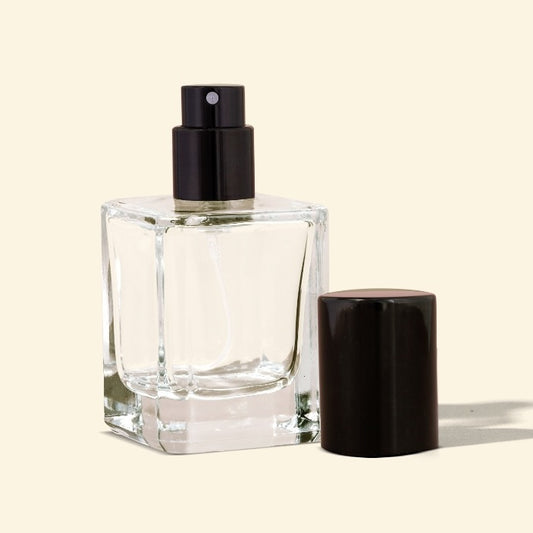
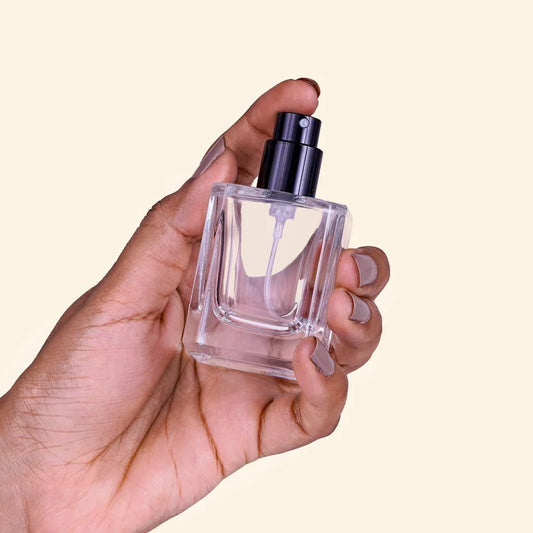
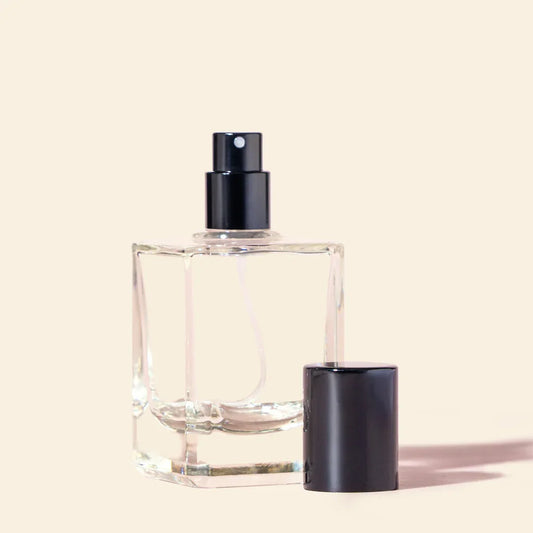
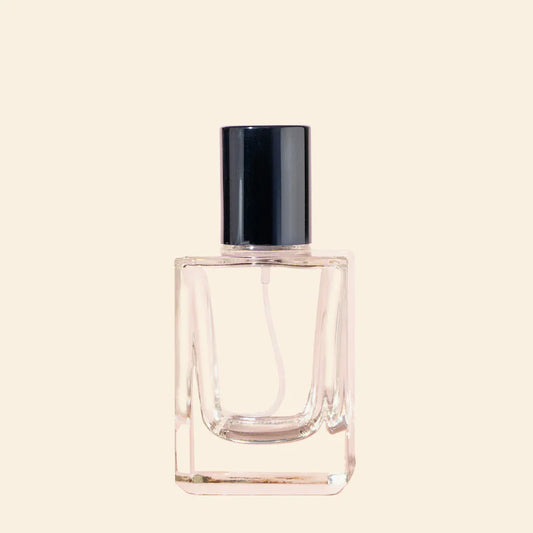
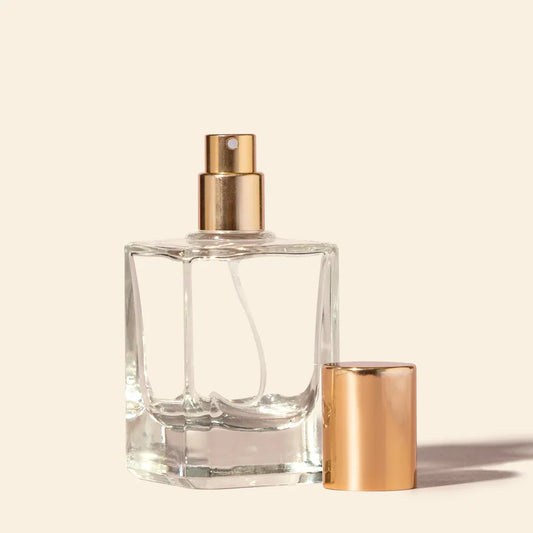
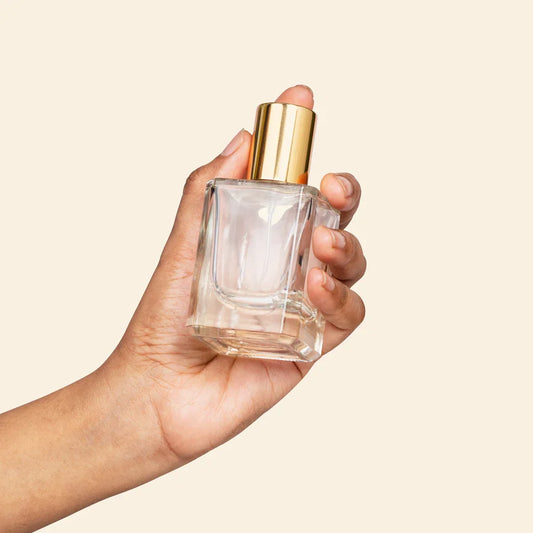
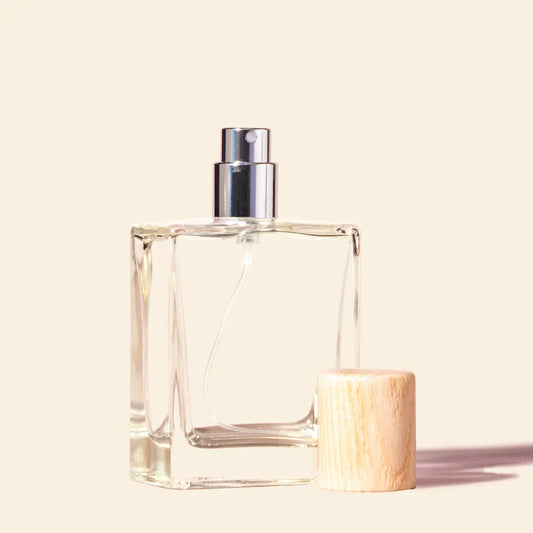
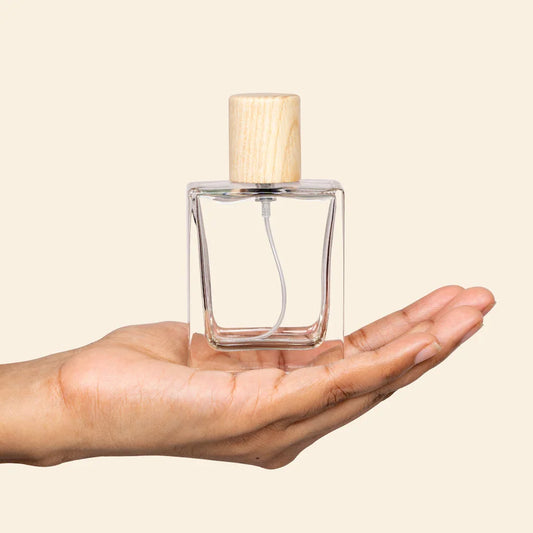
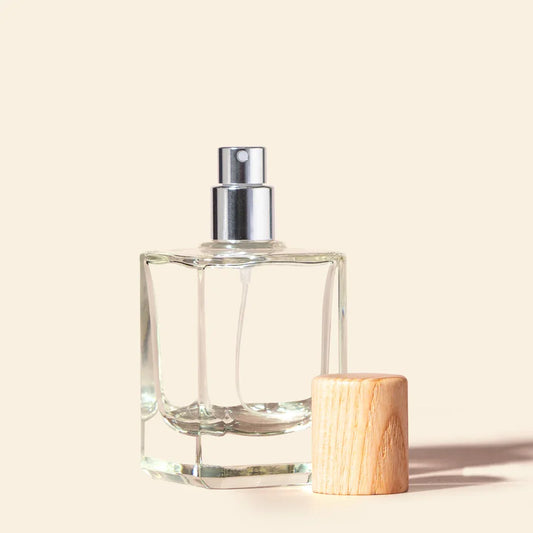
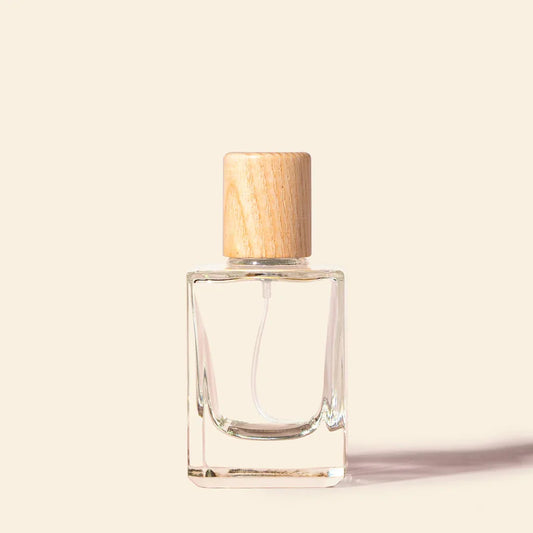
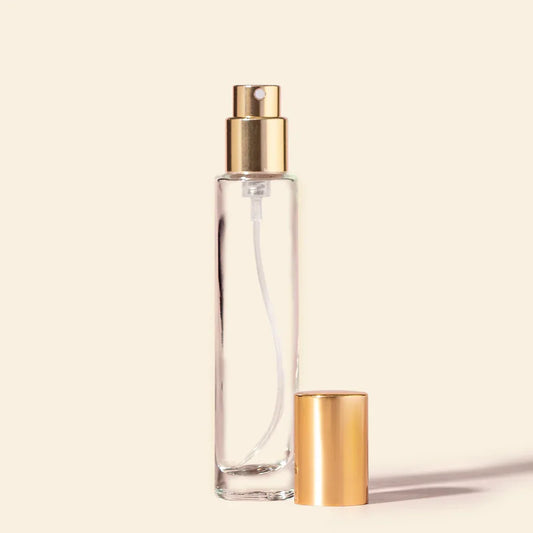
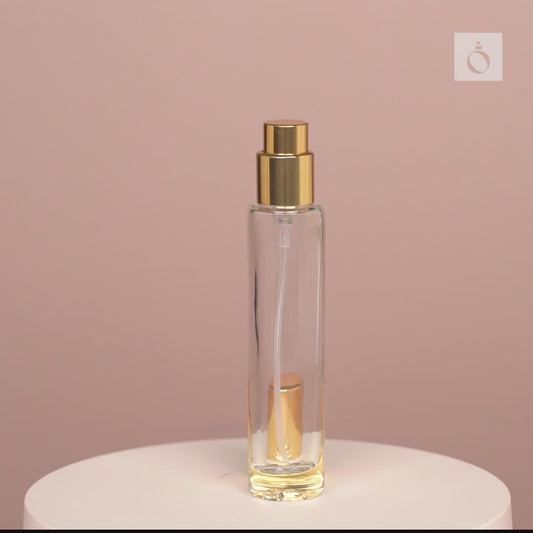
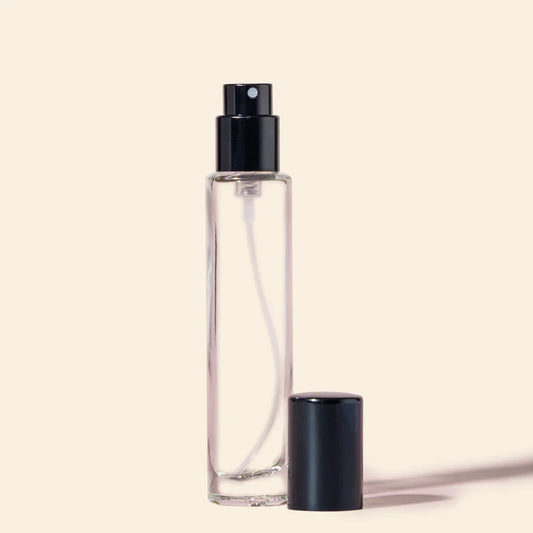
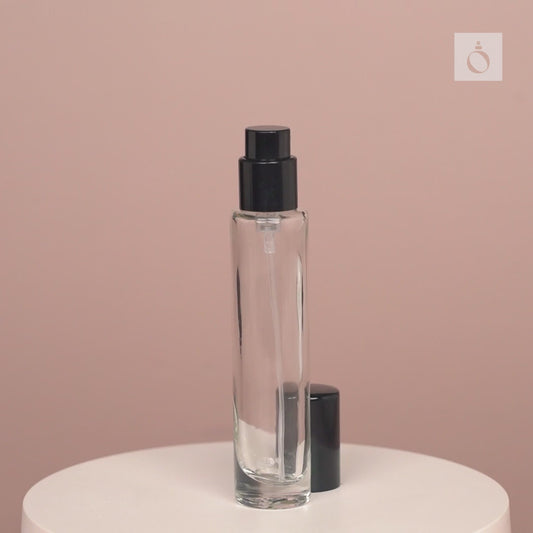
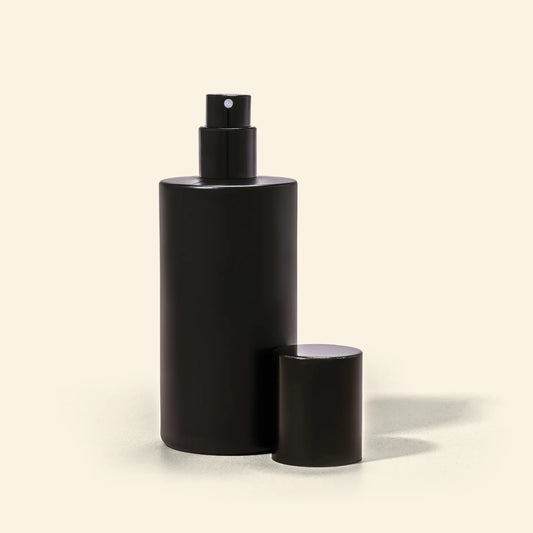
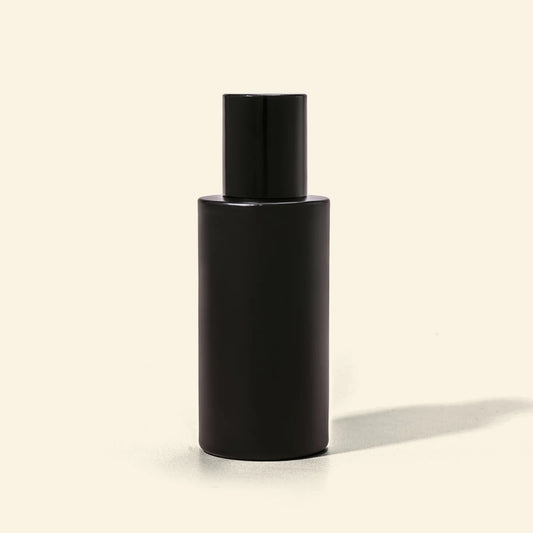
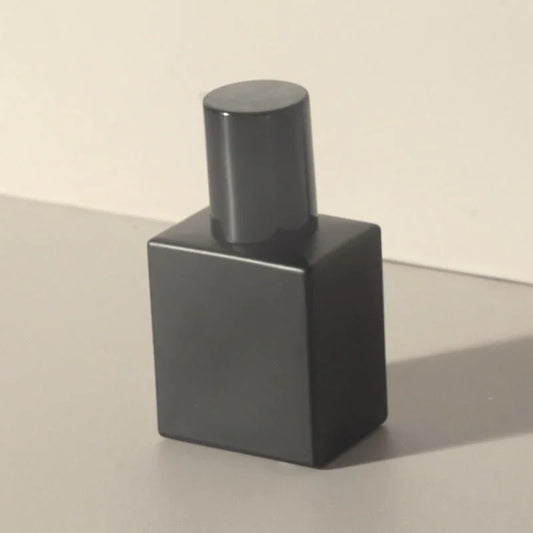
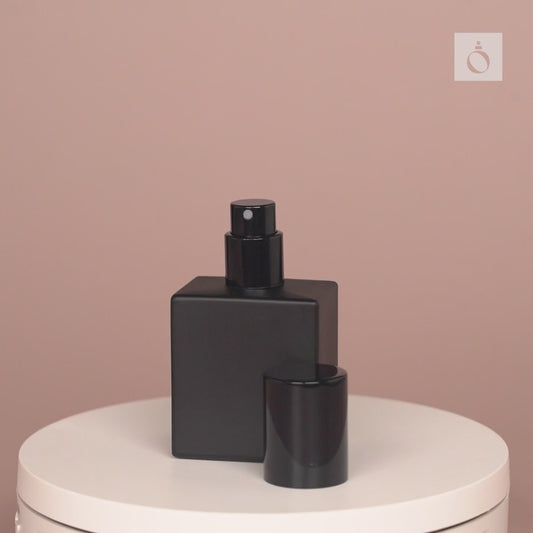
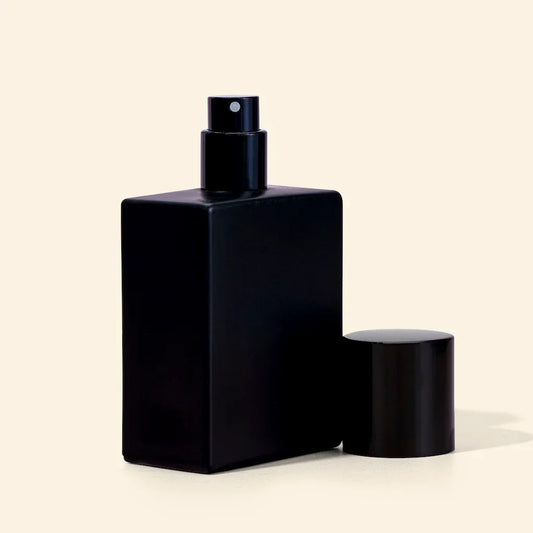
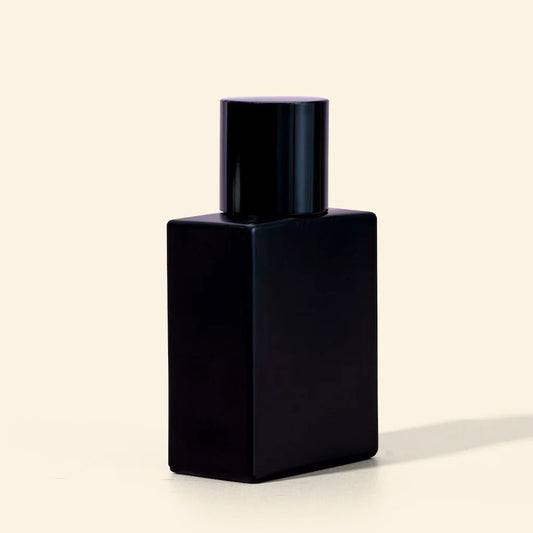
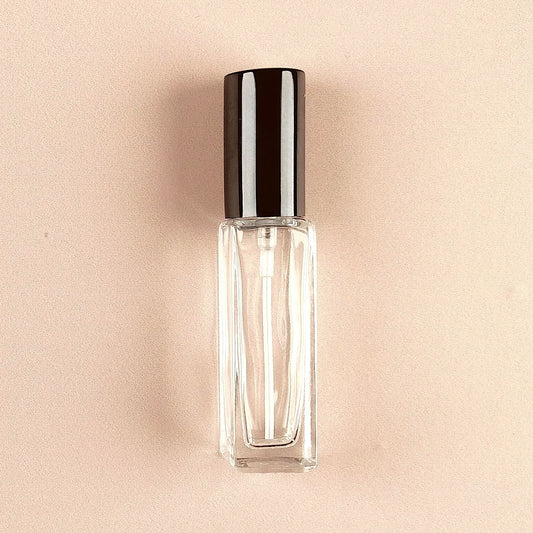
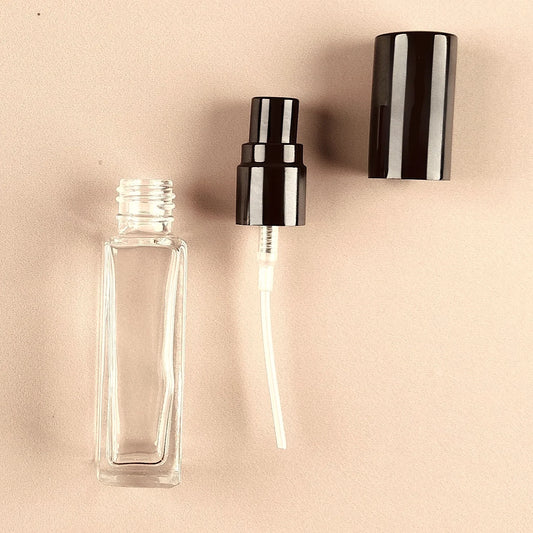
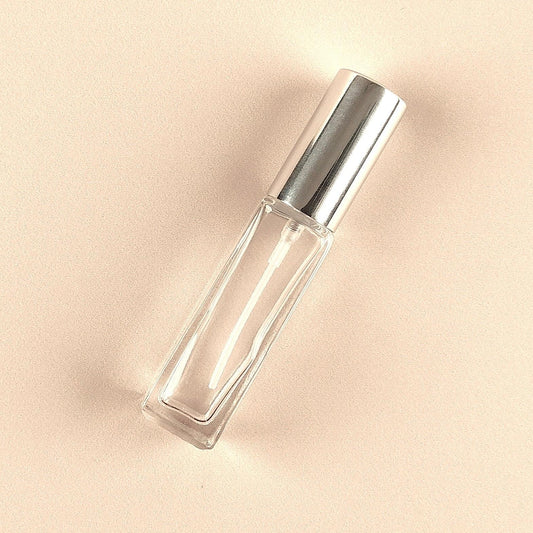
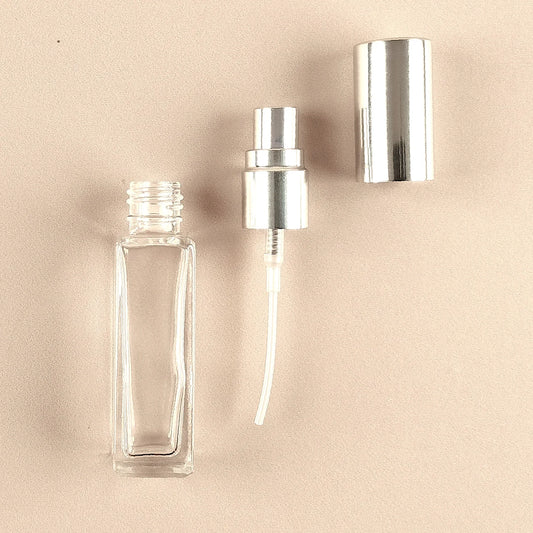
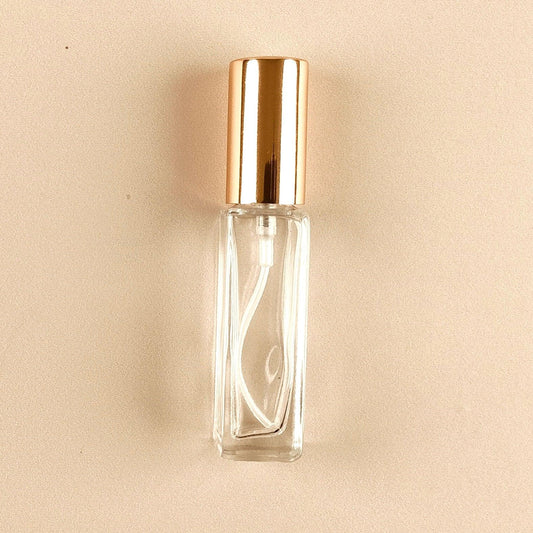
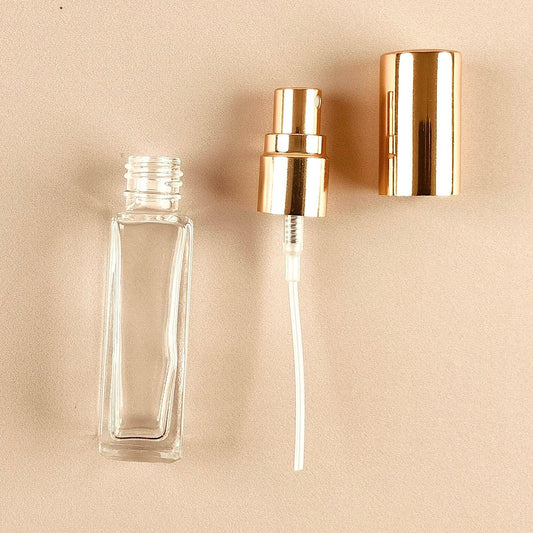
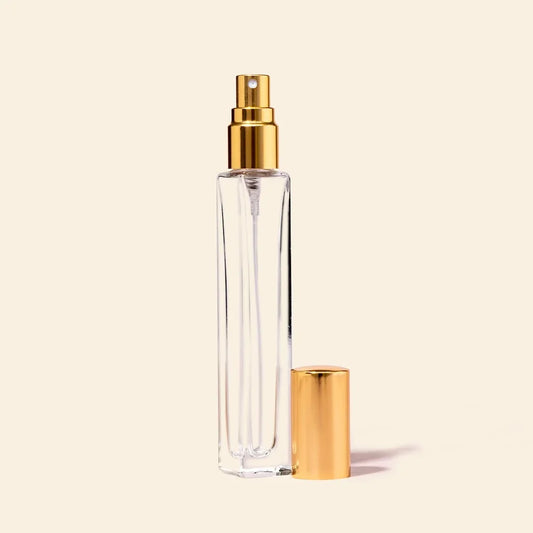
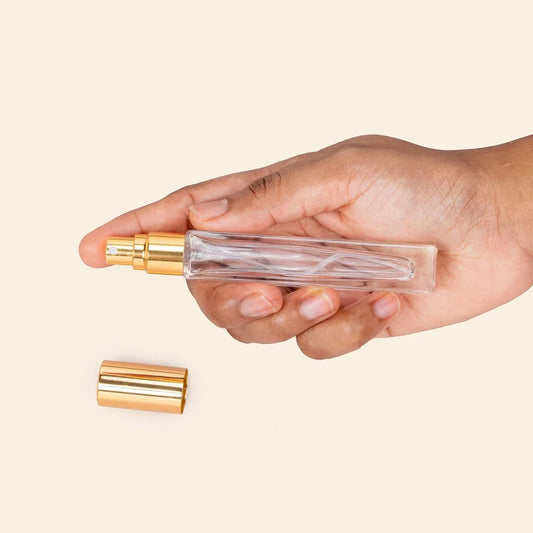
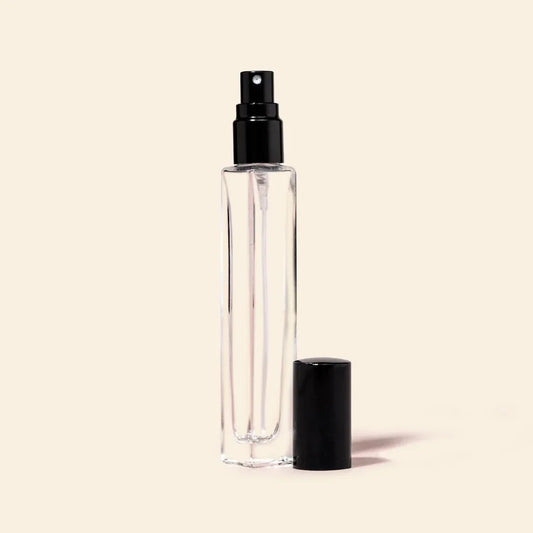
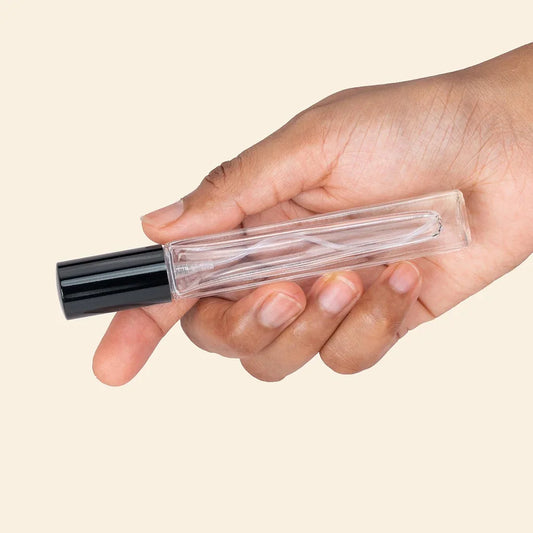
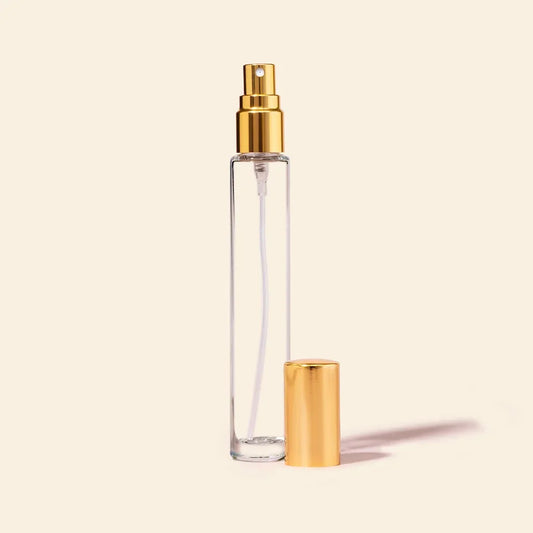
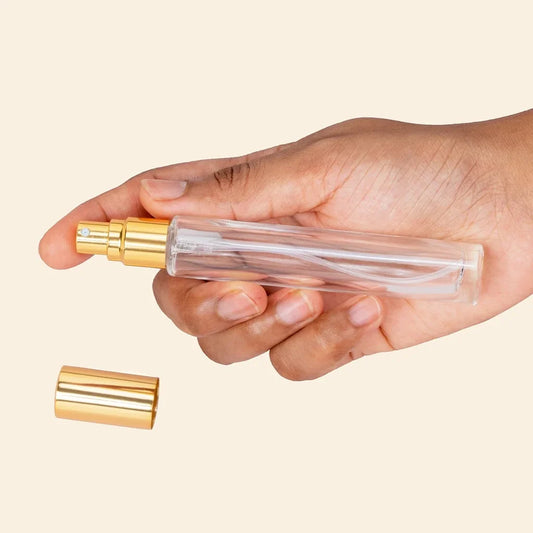
Leave a comment
Please note, comments need to be approved before they are published.